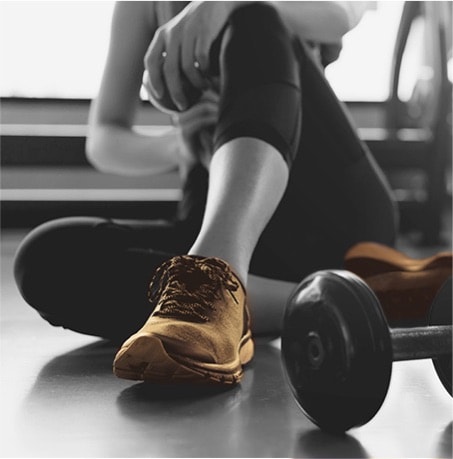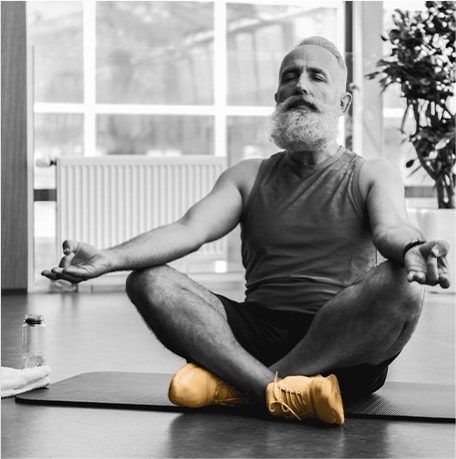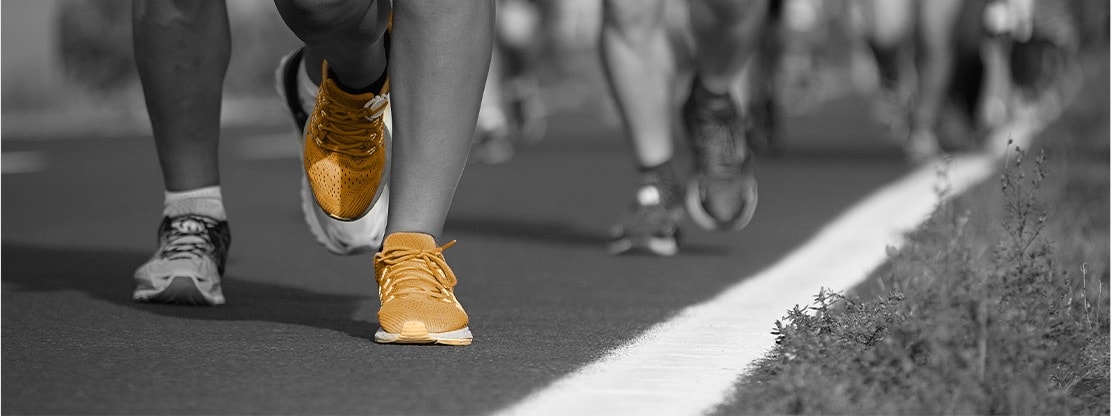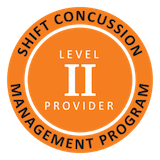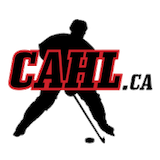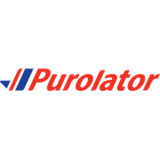How Does Physiotherapy Help Manage TMJ?
Physiotherapy plays a vital role in managing TMD symptoms by addressing the underlying causes of jaw pain, muscle tension, and joint dysfunction.
At Running Shoe Healthcare, our physiotherapists can develop a personalized treatment plan that may incorporate various therapeutic methods to help you achieve relief.
Physiotherapy
Physiotherapists use manual therapy, postural training, and targeted exercises to relieve jaw muscle tension and improve mobility. This helps strengthen muscles around the TMJ, reduce strain, and alleviate pain. Common treatments include:
- Manual therapy: Hands-on techniques targeting the jaw and neck to reduce tension.
- Postural training: Improving posture to prevent TMJ strain.
- Stretching and strengthening exercises: Exercises to improve jaw mobility and function.
Chiropractic Care
Chiropractors focus on aligning the musculoskeletal system to enhance overall function. For TMD, they may use spinal adjustments, particularly in the cervical spine, to relieve pressure on the jaw.
Chiropractic care aims to restore balance to the body, which can help alleviate jaw pain and tension. However, adjustments should always be done under professional supervision for safety and effectiveness.
Acupuncture
Acupuncture is a traditional medicine technique that involves inserting fine needles into specific points along the body. It helps to manage pain by stimulating blood flow, reducing inflammation, and releasing endorphins.
Acupuncture may provide relief from chronic pain and muscle spasms associated with TMD. While acupuncture can offer substantial benefits, it may not be suitable for everyone, particularly those who have a fear of needles.






